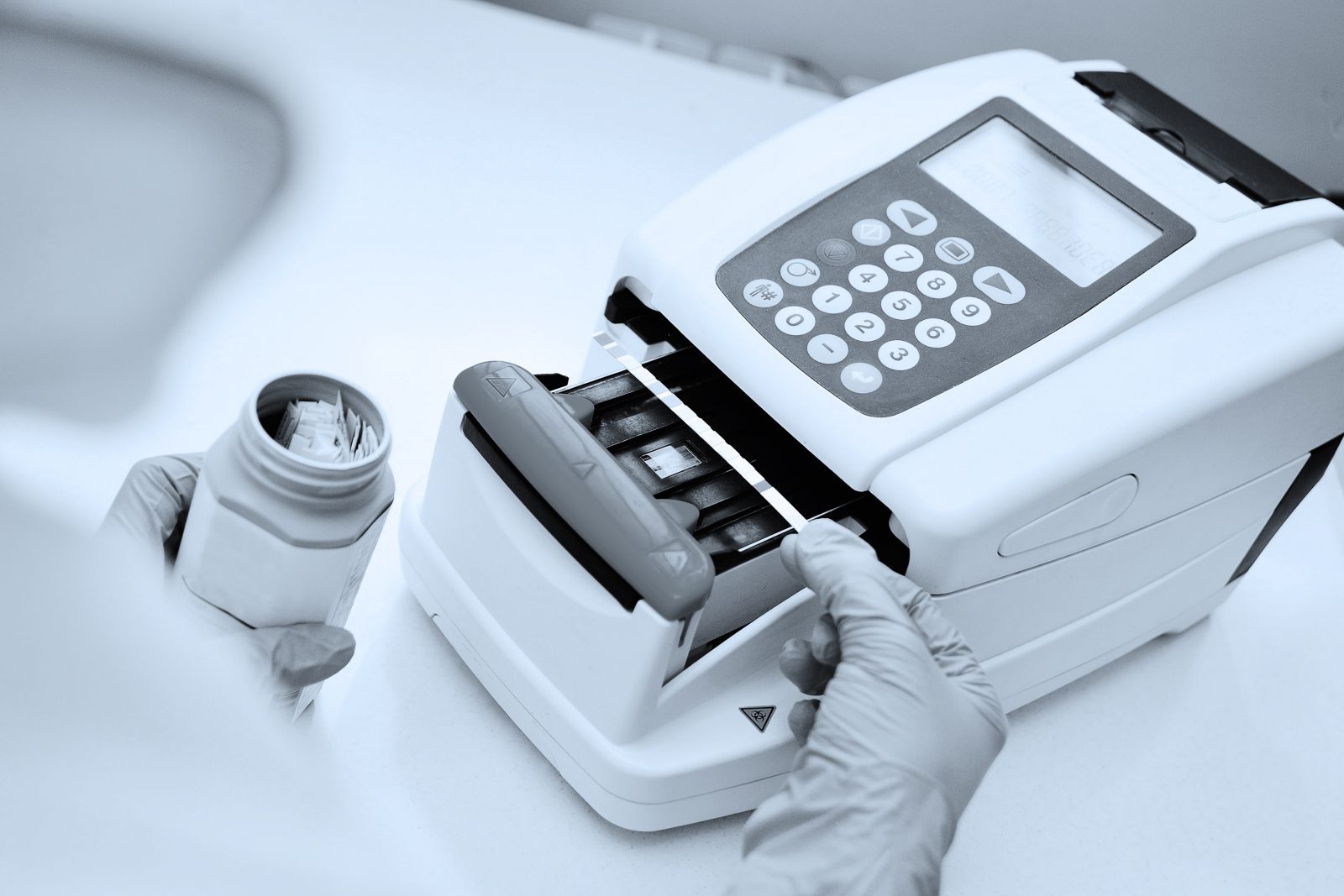Project Snapshot
Sterling Engineering was contracted by a Japanese POC medical diagnostic device manufacturer to evaluate and optimize the cost-effectiveness of their product packaging. The company manufactures about 6 million of the tests per year. The notable expense was identified in the primary and secondary package construction and the use of desiccant and moisture barrier materials. In an early analysis of package performance, engineers discovered a weakness in the methods employed to test seal integrity.
Sterling identified the technology most appropriate to test the package seal and a specific supplier in Ireland with a product best suited to satisfy this in-process manufacturing quality control issue. With an accurate test platform, Sterling was able to develop validation test protocols for the factory to ascertain the integrity of the current package and the ability to qualify and substitute a more cost-effective construction.


Project Location
Japan & Ireland

Duration
4 Months

Project Team
2 Engineers

Industry
Medical Device
Project Challenges
Sterling’s Solution
As is typical of a diagnostic test, package cost reduction was desired that would not affect product integrity. The lateral flow diagnostic test materials are highly degradable by moisture ingress, which diminishes shelf life. Therefore, Sterling developed: